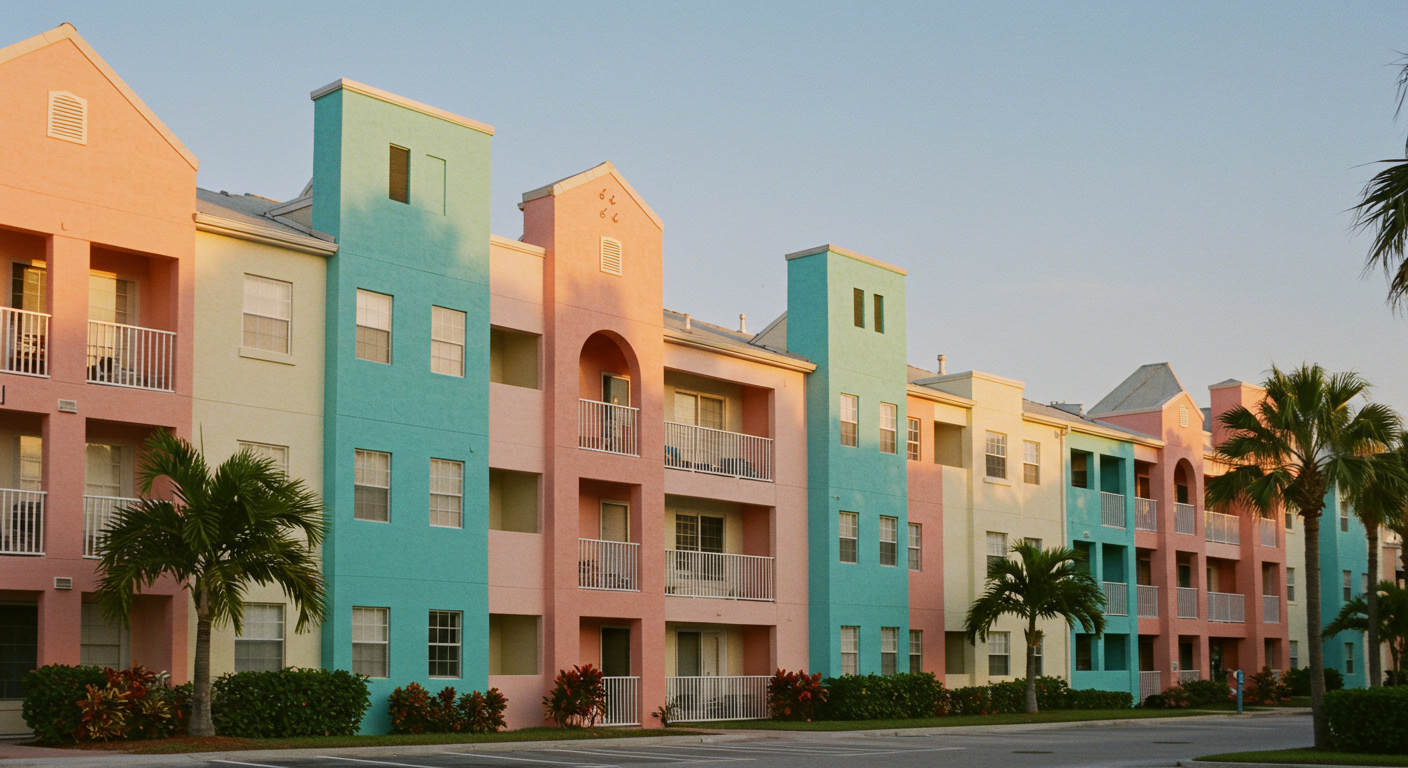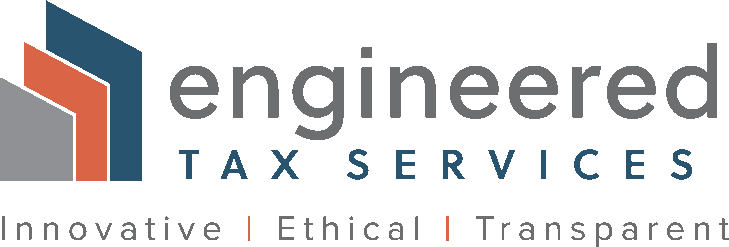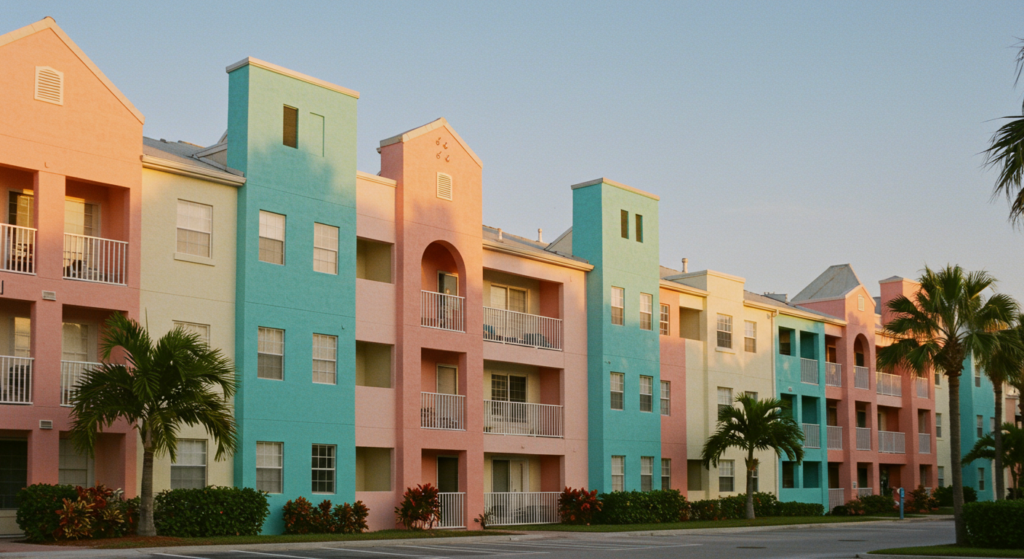
Narrative
In 2021, the owners of an apartment complex located in Florida sought to optimize their tax strategy through cost segregation. The property, consisting of 4 buildings with a total of 22 apartment units spread across 2 floors, encompasses 11,216 square feet of building space. Originally constructed in 1921, the apartment complex was acquired in 2021 for a total of $4,880,783 with a depreciable basis of $3,904,626 (excluding land value of $976,157).
The property features a variety of components including modern electrical systems, plumbing fixtures, HVAC systems, and both interior and exterior finishes. Site improvements include a swimming pool, concrete paving, landscaping, and parking facilities. The interior of each unit includes kitchen appliances, bathroom fixtures, and various lighting systems.
Engineered Tax Services (ETS) was engaged to conduct a comprehensive cost segregation study to identify and reclassify specific building components into appropriate tax-life categories, enabling accelerated depreciation and optimizing tax benefits. This case study outlines the methodology employed and the significant financial impact achieved through this strategic tax planning approach.financial outlook of the farm.
Objective
The primary objective of this cost segregation study was to identify and reclassify qualifying property components into shorter recovery periods to accelerate depreciation deductions, thereby providing immediate tax savings and improved cash flow. By breaking down the building's components according to IRS guidelines, ETS aimed to move eligible assets from the standard 27.5-year residential real property depreciation to shorter 5-year and 15-year schedules.
Methodology
ETS employed a detailed, engineering-based approach, which included:
- Physical Inspection: conducting a thorough site visit to identify and photograph the property's components
- Document Review: examining architectural plans, construction documents and accounting records
- Cost Analysis: applying engineering principles to allocate costs to specific asset classifications
- Depreciation Calculation: calculating depreciation using IRS-accepted methods such as the Modified Accelerated Cost Recovery System (MACRS)
Learn More About Cost Segregation
Explore the benefits of cost segregation and how it can enhance your property's profitability. Dive deeper into our strategies.
Discover MoreAsset Allocation
5-Year Class Life
Total Depreciation Allocation: $1,016,826.30 Percentage of Total Depreciable Basis: 26.04%
5-year class life assets identified in this study include:
- Kitchen appliances (refrigerators, dishwashers, ovens/ranges)
- Electrical components (outlets, panels, lighting fixtures)
- Plumbing fixtures (sinks, bathtubs, shower components)
- HVAC equipment (portable AC units, ceiling fans)
- Cabinetry and countertops
- Window coverings (vertical blinds)
- Communications and entertainment systems
15-Year Class Life
Total Depreciation Allocation: $312,507.63 Percentage of Total Depreciable Basis: 8.00%
15-year class life assets identified in this study include:
- Land improvements (parking spaces, striping)
- Swimming pool and equipment
- Concrete paving and sidewalks
- Site metal railing
- Wood fencing
- Landscaping
- Outdoor facilities
27.5-Year Class Life
Total Depreciation Allocation: $2,575,292.07 Percentage of Total Depreciable Basis: 65.95%
27.5-year class life assets identified in this study include:
- Structural components (walls, roofing, foundations)
- Building envelope elements (stucco, masonry)
- Interior construction (drywall, partitions, ceilings)
- Standard plumbing and electrical distribution systems
- Building slabs and footings
- Windows and standard doors
Class Life Details:
Summary
The cost segregation study for this apartment complex in Florida demonstrates the substantial financial advantages of strategic tax planning. By reclassifying property components into shorter depreciation categories, the study enabled accelerated depreciation, resulting in accumulated depreciation of $1,676,608.15 through 2024, compared to only $526,532.90 without cost segregation – an increase of $1,150,075.25 in tax deductions.
This approach not only provided immediate tax benefits in the first year ($1,395,667.21 in depreciation for 2021 with cost segregation versus only $100,573.70 without it) but also established a framework for continued tax optimization throughout the property's lifecycle. The case study illustrates how cost segregation can significantly enhance cash flow and return on investment for real estate investors.
Unlock Your Tax Savings
Discover how cost segregation can maximize your tax benefits and improve cash flow. Get started today with a free consultation.
Get Your Free Consultation
